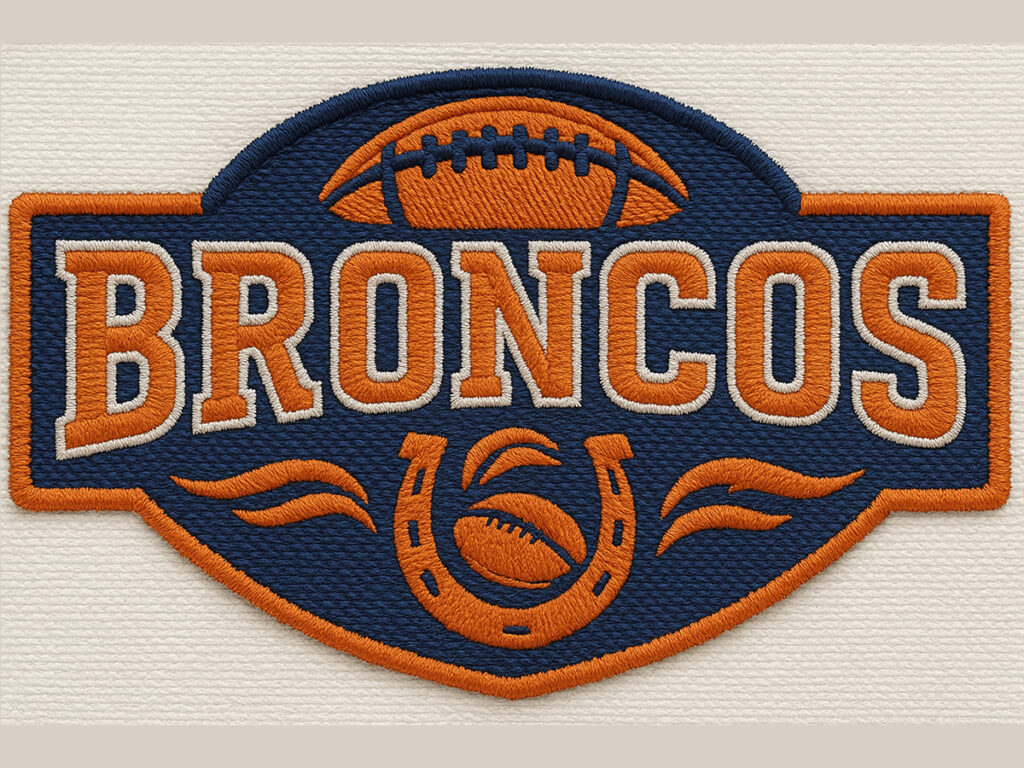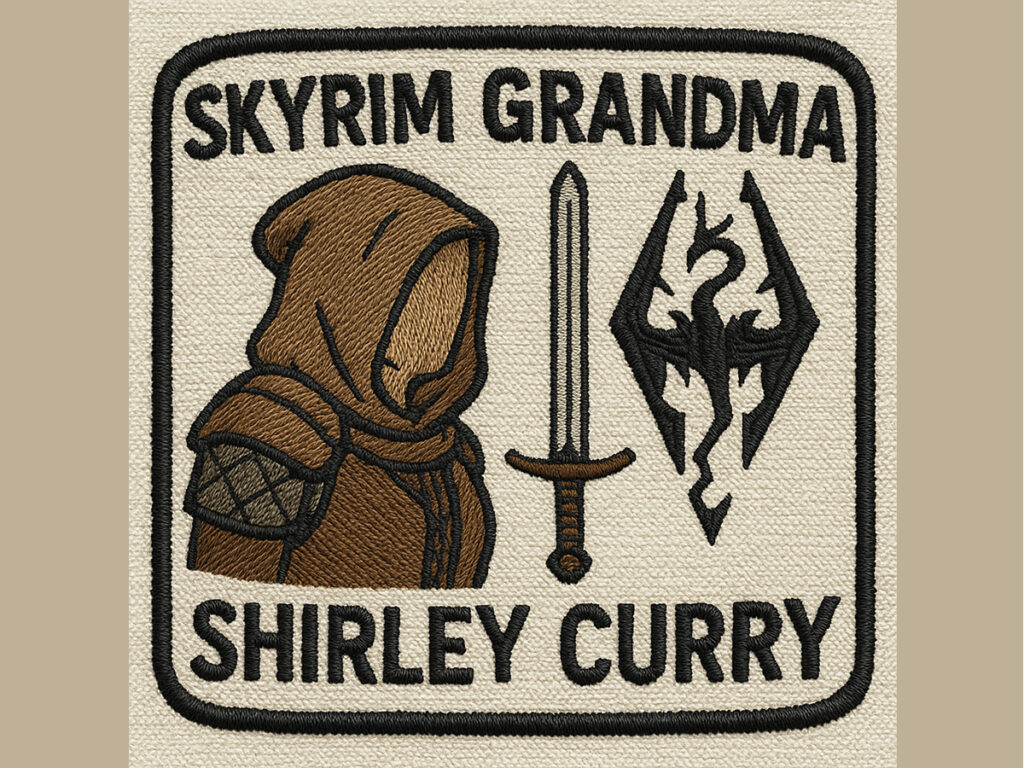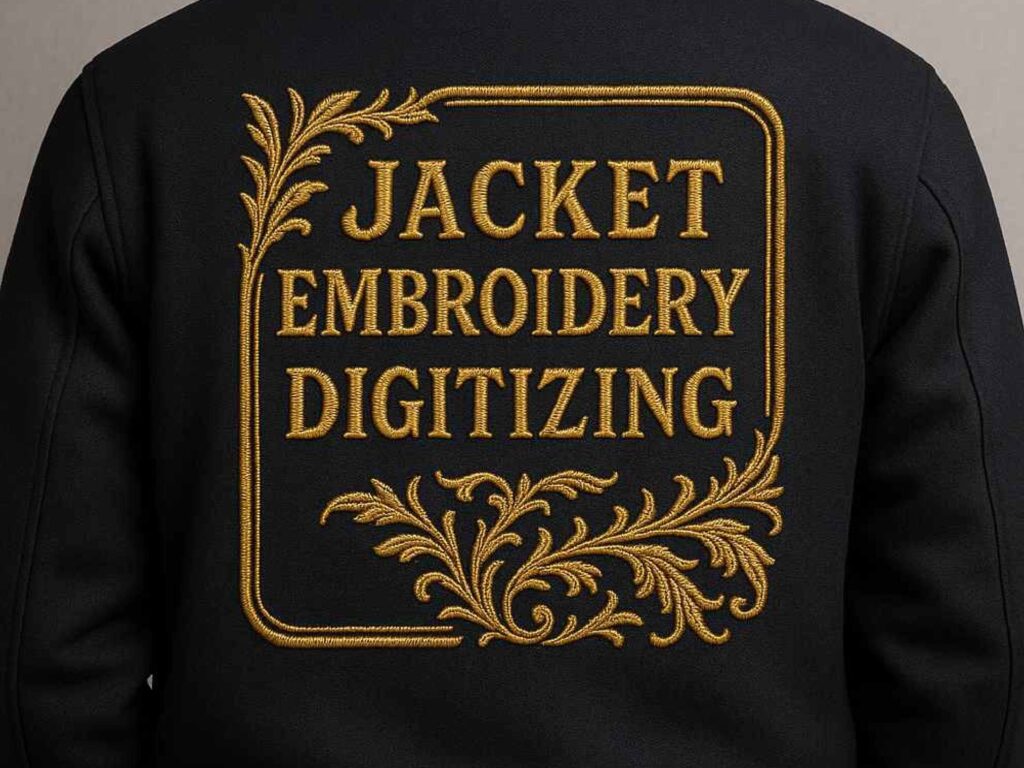
Embroidery has always been viewed as a premium method of decorating garments, accessories, and promotional products. Its dimensional texture, durability, and visual richness make it a favorite among brands and creators across the USA. Whether used on uniforms, jackets, hats, backpacks, sportswear, or fashion pieces, embroidery helps products stand out and communicate quality. But behind every clean and beautiful stitched result lies a deep foundation of preparation, precise digitizing, and technical decision-making.
As personalization grows in popularity, more businesses, sports teams, fashion labels, and entrepreneurs are turning to embroidered apparel to elevate their identity. Embroidery delivers a level of professionalism and longevity that printed methods often cannot match. However, the key to flawless stitching lies in the planning that happens before the machine even starts. Clean artwork, careful stitch mapping, and proper understanding of fabric behavior play a vital role in quality control. Without these steps, even simple designs can come out distorted or inconsistent once stitched.
Embroidery designs act as the roadmap for the machine. They guide stitch direction, density, underlay structure, and the sequence in which each part of the artwork is constructed. With demand increasing for consistent, production-ready files, digitizing has become one of the most important components of the embroidery process.
Artwork Preparation: The Foundation of Great Stitch Quality

No embroidery project begins at the machine—it begins with the artwork. Clean artwork is essential for digitizing accuracy. Many customers provide images that are blurry, pixelated, distorted, or too small to interpret. Professional preparation ensures that every detail is clear enough to be translated into stitches.
The digitizer’s work becomes easier and the embroidery becomes more accurate when the artwork is:
- Clean and free of pixel noise
- Proportionate and balanced
- Clearly outlined
- Symmetrical where needed
- Properly spaced
With clean artwork, the digitizer can focus on stitch precision instead of guessing shapes. This reduces revisions and speeds up both sampling and production.
Digitizing: Where Art Meets Technical Mastery
Digitizing is a highly skilled craft. It requires a deep understanding of how thread interacts with fabric, how stitches behave, and how machine sequencing affects quality. Unlike automatic conversions, digitizing is fully manual. Every area of the artwork must be built with intentional stitch selection and structure.
Digitizers must make decisions about:
- Stitch type (satin, fill, run)
- Underlay foundation
- Stitch direction
- Pathing sequence
- Density adjustments
- Compensation for fabric stretch
These decisions determine the clarity, durability, and visual appeal of the final embroidery. When the digitizing is poor, the results typically show issues like fuzzy borders, uneven fills, thread breaks, or distorted shapes. When the digitizing is done correctly, the embroidery appears clean, bold, and professional.
Stitch Direction: The Art Behind the Shine

Stitch direction is one of the most artistic aspects of digitizing. As thread reflects light differently depending on its angle, stitch direction helps create depth, movement, and dimension. A well-digitized design will use multiple stitch angles to enhance visual interest.
For example:
- Horizontal stitches create stability
- Vertical stitches emphasize height
- Angled stitches create flow and energy
- Layered angles create shading effects
Proper stitch direction can transform a basic piece of artwork into a polished, high-end embroidery result.
Author Spotlight
Author: Tahseen Islam
Tahseen Islam is the Co-Founder and CEO of Digitemb, a leading provider of digitizing and vector artwork services across the USA. With years of experience in embroidery craftsmanship and digital stitching, he has guided thousands of brands toward high-quality embroidered results. Beyond his leadership role, he is also a respected podcaster who shares insights on creativity, entrepreneurship, and digital innovation. His expertise and commitment to precision continue to shape Digitemb as a trusted name in the embroidery industry.
Fabric Behavior: Why Digitizers Must Adapt Their Approach
Stitch files are not universal—what works on cotton may not work on polyester, denim, fleece, or hats. Every fabric has unique characteristics, and digitizers must adapt accordingly.
Common fabric considerations include:
- Cotton: stable, supports medium density
- Polyester: stretchy, needs lighter density
- Canvas/Denim: strong and ideal for bold stitches
- Nylon: slippery, requires firm underlay
- Fleece: absorbs thread and needs thick structure
- Caps: curved and require special digitizing techniques
Understanding fabric behavior prevents issues like puckering, distortion, gaps, or sinking stitches. When digitizing is tailored to the fabric, the embroidery looks crisp, balanced, and long-lasting.
Why Embroidery Remains the Branding Standard in the USA

Businesses rely on embroidery because of its premium feel, durability, and professional appearance. A clean stitched logo communicates reliability and strengthens visual identity. Industries such as hospitality, construction, real estate, education, and security continue using embroidery for uniforms and promotional wear.
Custom patches remain a strong market as well. Motorcycle clubs, sports teams, nonprofits, outdoor groups, fashion brands, and corporate events regularly use patches for identity and recognition. These patches must be digitized with sturdy outlines, strong fill structure, and reinforced edges to ensure longevity.
Embroidery designs support all these applications by giving digitizers a structured, producible framework.
Creativity and Emotional Connection Through Embroidery
Embroidery carries an emotional and artistic quality that printed methods lack. The texture, depth, and handcrafted appearance make it appealing across all age groups. From personalized gifts and monograms to luxury fashion collections, embroidery allows creators to add personality and distinction to each piece.
Its versatility makes it suitable for minimalistic designs, bold back graphics, or detailed patchwork. This is why embroidery continues to be one of the most relevant decoration methods in modern design.
Conclusion
Embroidery is more than a decorative technique—it is a blend of artistry, engineering, and precision. The quality of a stitched design depends on clean artwork, expert digitizing, proper stitch direction, and a deep understanding of fabric behavior. As the demand for personalized apparel continues to rise across the USA, the need for reliable digitizing services grows equally strong. With skilled planning and attention to detail, embroidery delivers long-lasting visual impact and unmatched professional appeal.
Brands that invest in quality embroidery today are building a stronger, more recognizable identity for tomorrow. And with experts like Digitemb leading the way, businesses can feel confident that their embroidery projects will always reflect excellence.
 WhatsApp Us Now
WhatsApp Us Now








